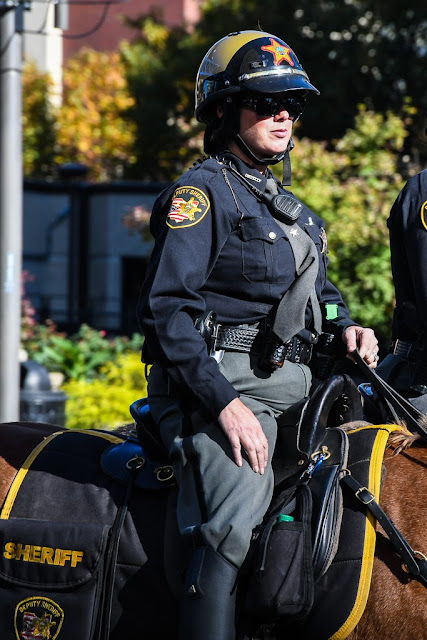 |
| Image © Olympus America |
Background
Wide angle options can be very slim for a smaller sensor camera. Micro four thirds has a few zooms, the O9-18/4-5.6, P7-14/4 and the new PRO designated O7-14/2.8. This discussion leaves out the fisheye lens options.
Today we are going to explore the O9-18 and why we chose and love this wide angle option.
 |
1/1250, f/8, ISO 200 @ 9mm
Olympus PEN-F |
Handling/Weight/Size
Out of the three wide zooms, the O9-18 won out. After many hours of research, the IQ difference between the 9-18 and the Panasonic 7-14 were not that great. The Olympus was much smaller, and I only see this as an occasional use lens. There for, the less room it needs, the more likely I am to bring it, "just in case".
The zoom and focus ring are ready to get to and find. The one little niggle that she might have is that the lens has a zoom lock on it. This needs to be unlocked when not in stored mode. There is a small switch on the side of the lens, you push forward and twist the barrel. I don't find it an issue as I just knock it and me it unlocked until I plan on putting the lens away in the bag for a while.
It's a personal preference thing.
The lens weighs next to nothing, and is very first pocketable or can be slipped into a small belt pouch.
The field of view(FOV) of this 9-18 will be equivalent to 18-36mm. A great wide side, plus going down to 35mm FOV can make for an alternative option for street shooting in tight quarters.
 |
1/200, f/8, ISO 200 @ 18mm
Olympus PEN-F |
 |
1/1250, f/5.6, ISO 200 @ 18mm
Olympus PEN-F |
Image Quality
Don't let the small size fool you. While the aprrture range does not make this a first wide angle choice for low light, it is plenty capable and very sharp indeed. The images have good contrast, and distortion is well controlled, with only minor post processing need for what is not handled in camera (for Olympus users).
I'll let the images speak for themselves.
 |
| Olympus PEN-F High-Res Mode |
 |
1/100, f/4, ISO 1250 @ 9mm
Olympus PEN-F |
 |
1/60, f/6.3, ISO 800 @ 18mm
Olympus PEN-F |
Auto Focus
As to be expected with modern Olympus built micro four thirds lenses, this is a quick focusing lens. You'll have no complaints from me on its S-AF performance. Also consider that at f4-5.6 and 9-18mm focal lengths, your duty of for will be large anyway.
 |
1/60, f/4, ISO 400 @ 9mm
Olympus PEN-F |
 |
1/60, f/4.8, ISO 800 @ 13mm
Olympus PEN-F |
Bottom Line:
If you need a holy Trinity of Olympus lens, you'll want the 7-14, 12-40, 40-150 f/2.8 lenses. That wood be a great so for me, but I rarely need the very wide end, so convenience and cost are more important than pixel peeping sharpness and weather sealing.
After you factor this into the equation, a used O9-18 was the best choice and as you can see, is capable of making some great images.





















